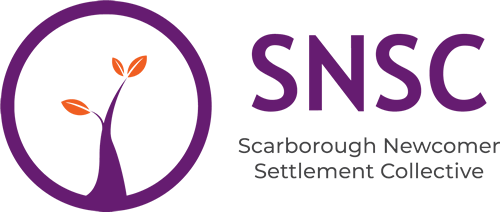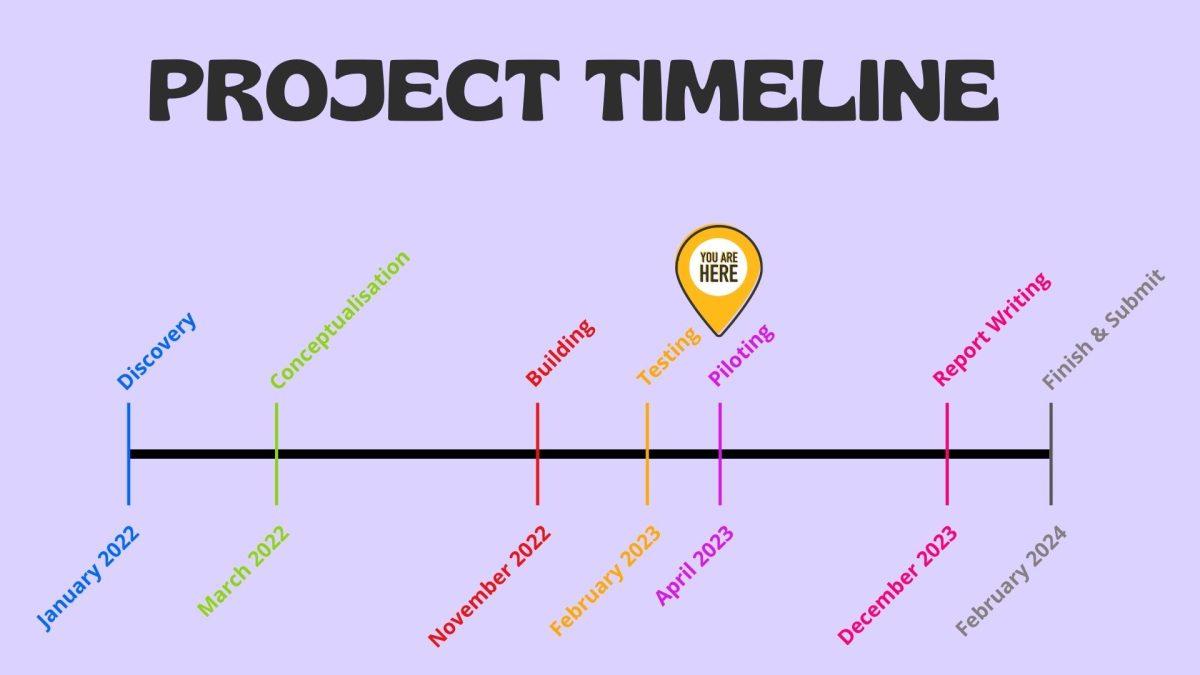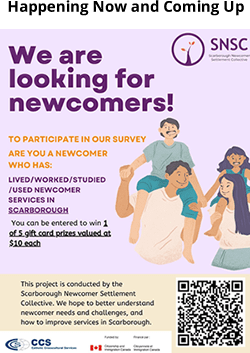Welcome to the Scarborough Newcomer Settlement Collective (SNSC) webpage!

Join the Conversation!
- Neighbourhood Based Peer Group
- Topic Based Focus Group
- Capacity Building Workshops
Want to learn more? Contact us to join!
What is the Scarborough Newcomer Settlement Collective?
The Scarborough Newcomer Settlement Collective (SNSC) is a new project that is looking at how we can work together to plan and fund services that help newcomers in our community. We are working on a framework to invite newcomers and organizations together to make recommendations on the support’s newcomers need in Scarborough.
*This is a short-term project to develop the ideas, the project ends March 2024. These ideas will be communicated to Immigration Refugee Citizenship Canada (IRCC)*
Check out this video to find out more about:
- The goals of the SNSC
- How we will achieve this
- Who’s involved
About Us
The Scarborough Newcomer Settlement Collective (SNSC) is a service delivery improvement (SDI) project, funded by IRCC, which is exploring new ways to make planning and funding decisions for newcomer service delivery in Scarborough by establishing a framework for inclusive community and evidence-based decision-making.
But what exactly does that mean?
We believe that those impacted should have a say in how newcomer services are planned and funded. That’s why we bring together a diverse group of people, including funders, newcomers themselves, organizations, community members, and service providers. By working together, we can create a model of community-based participatory governance.
Participatory governance means that the people who are directly affected by these decisions should be the ones making them. We want to hear from newcomers and those involved in newcomer services because your experiences and ideas matter. Your input will shape how services are planned, resources are allocated, and decisions are made.
Ultimately, the project aims to:
- Develop a community-based participatory framework of governance for local decision-making on newcomer service planning and funding;
- Develop a framework that best suits the needs and requirements of the Scarborough community;
- Build stakeholder capacity to inform framework development.
All findings will be reported to IRCC upon completion of the project in March 2024.
Project Structure
The Scarborough Newcomer Settlement Collective takes a participatory approach and brings together experts with lived experience, service delivery organizations, community stakeholders, and funders, throughout its structure, which includes:
- Advisory Committee: The leadership group responsible for supporting the project to meet its goals by guiding process and building awareness of the project within the wider community to support more stakeholders to be involved.
- Model Development Work Group: The group will consider what a structure for community-based participatory decision making around service delivery planning and funding could look like by reviewing the data and information available, considering the gaps, seeking and reviewing community feedback and working together to develop the model.
- Stakeholder Feedback Groups: The SNSC will gain an understanding of the community context, stakeholders and decision-makers and inform the model development through a number of groups and research including an environmental scan, and seek feedback from stakeholders through focus groups and community discussions.
- Partnership with University of Toronto Scarborough (UTSC): Supporting evidence-based decision making for the model’s development and potential future implementation.
The SNSC is funded by Immigration, Refugees and Citizenship Canada (IRCC), led by Catholic Crosscultural Services, and proud to work in collaboration with the TEQ LIP, its members and partners.
Timeline


